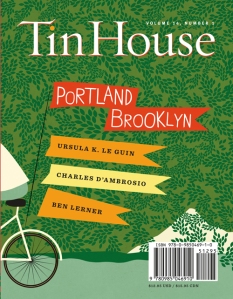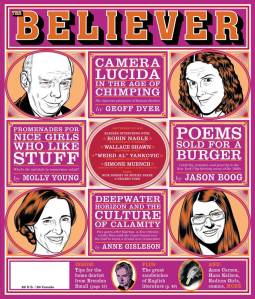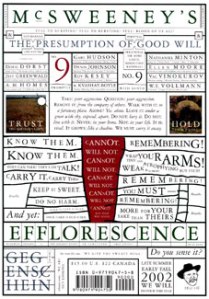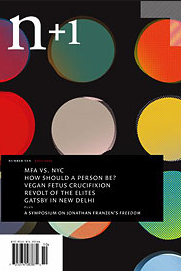Creativity has officially attained buzzword status and it remains to be seen if teaching creativity has any lasting impact–but these attributes of “highly creative people” are intriguing: daydream, observe everything, make time for solitude, turn obstacles around, and people-watch, among others.
Neuroscience paints a complicated picture of creativity. As scientists now understand it, creativity is far more complex than the right-left brain distinction would have us think (the theory being that left brain = rational and analytical, right brain = creative and emotional). In fact, creativity is thought to involve a number of cognitive processes, neural pathways and emotions, and we still don’t have the full picture of how the imaginative mind works.
And psychologically speaking, creative personality types are difficult to pin down, largely because they’re complex, paradoxical and tend to avoid habit or routine. And it’s not just a stereotype of the “tortured artist” — artists really may be more complicated people. Research has suggested that creativity involves the coming together of a multitude of traits, behaviors and social influences in a single person.
“It’s actually hard for creative people to know themselves because the creative self is more complex than the non-creative self,” Scott Barry Kaufman, a psychologist at New York University who has spent years researching creativity,
via 18 Things Highly Creative People Do Differently.
Author Jonah Lehrer has documented some of the more recent research on creativity–and links them to how organizations are employing these insights. One takeaway: Hard work matters, not just long walks or hot showers.
“It would be wonderful if the recipe for all kinds of creativity was to take showers and play ping-pong and go on vacation and go for walks on the beach, but when you really talk to people in the creative business, they want to tell their romantic stories about the epiphanies but then if you push them, they say even that epiphany had to go through lots of edits on it and iterations and lots of hard work after we have the big idea. And that’s a big part of the creative process too, and it is not as fun. In fact, there’s evidence that it makes us melancholy and a little bit depressed. But it’s a crucial part in creating something interesting and worthwhile. If creativity were always easy or about these blinding flashes, Picasso would not be so famous.”
via Fostering Creativity and Imagination in the Workplace | NPR



